MEGAN FLEISCHER, Inniswood Horticulturist
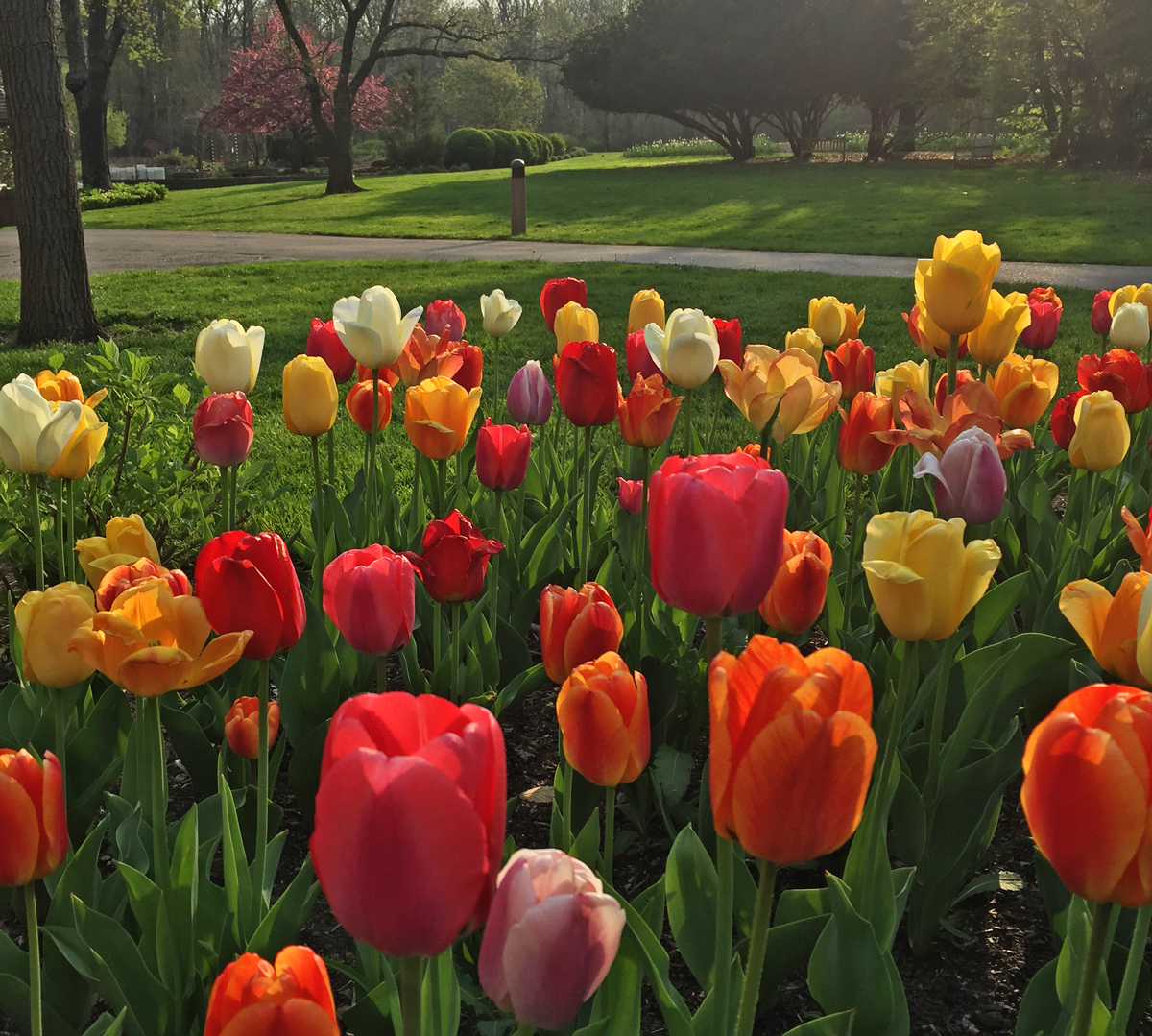
Take advantage of energy you’ve stored after a long winter with these simple gardening tasks. By the time summer hits, you’ll be happy you completed these in the cooler temperatures of spring.
1. Edge your garden beds
Now is the time to put a crisp edge on your garden beds. Use a spade or gas-powered edger to keep unwanted weeds and turf from encroaching into your beds. Edging helps retain mulch in your gardens during heavy rainfall.
2. Mulch
Once the soil starts to warm and perennial plants begin to emerge from the ground, it’s time to apply a thin (2″ deep) layer of mulch. By doing this in spring, your beds will look pristine. More importantly, mulching aids in moisture retention during the heat of summer. Mulch also serves as a barrier for weed growth. You can rest assured that your perennials that haven’t emerged from their winter slumber yet will still grow through this thin coating of mulch.
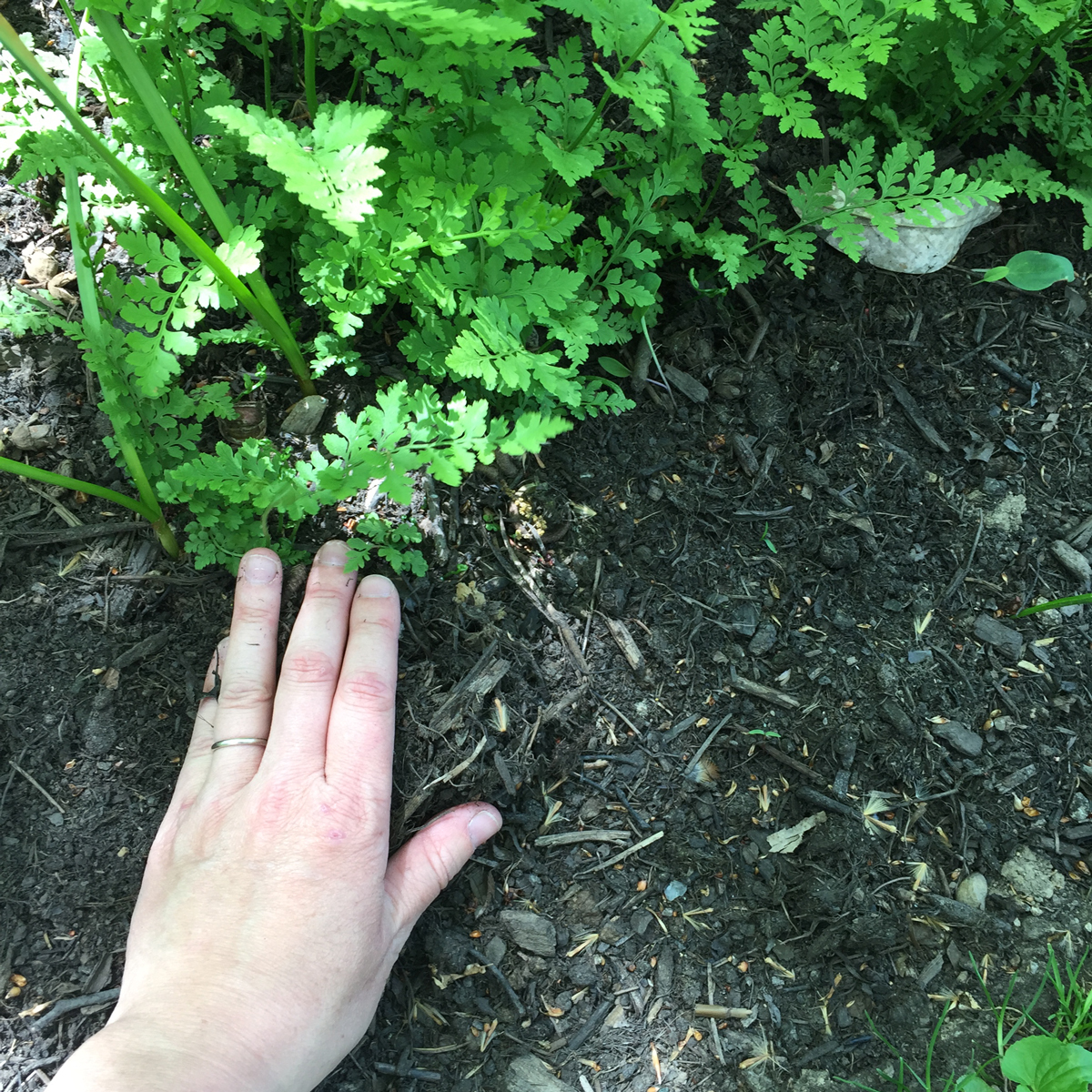
3. Prune shrubs that flower on new wood
As leaves begin to show on your flowering shrubs, you’ll easily be able to tell dead, decayed wood apart from live plant material. It’s important to remove dead wood and do any necessary pruning on shrubs, such as white-flowering hydrangeas and roses that flower on new wood, in order to have healthy, thriving plants.
4. Cut-back ornamental grasses and any other perennials remaining in the garden
If you haven’t gotten to this task yet, no worries, you still have time to cut back last year’s dead foliage from your ornamental grasses as well as any other perennials you might have left in your garden for winter-interest. I recommend cutting ornamental grasses down to 6″ to 1′ in height. The closer you can get the grasses sheared to the ground, the quicker you’ll see new growth emerge from the base of the plant. All perennials, like black-eyed Susan’s and coneflowers, die back to the ground in the winter and new growth emerges in spring.
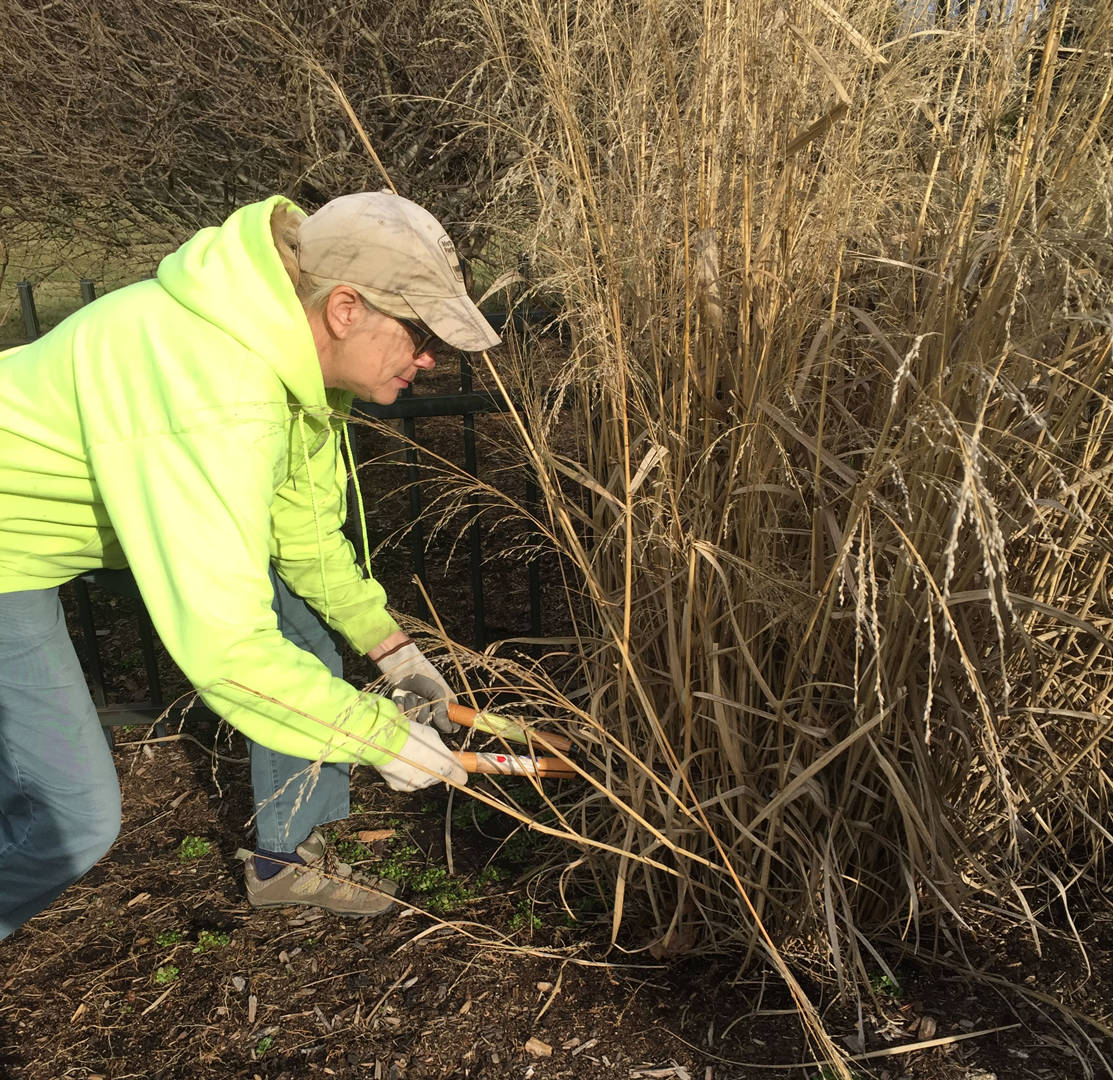
5. Plan your garden!
During the growing season, it’s exciting to walk into local nurseries and see lush displays of plant material lining greenhouse aisles. I’ll be the first to admit that I’ve purchased A LOT of plant material for my gardens at home based on their appearance in the greenhouse without giving much thought to where they will fit into my landscape design. Try to avoid this if you can!
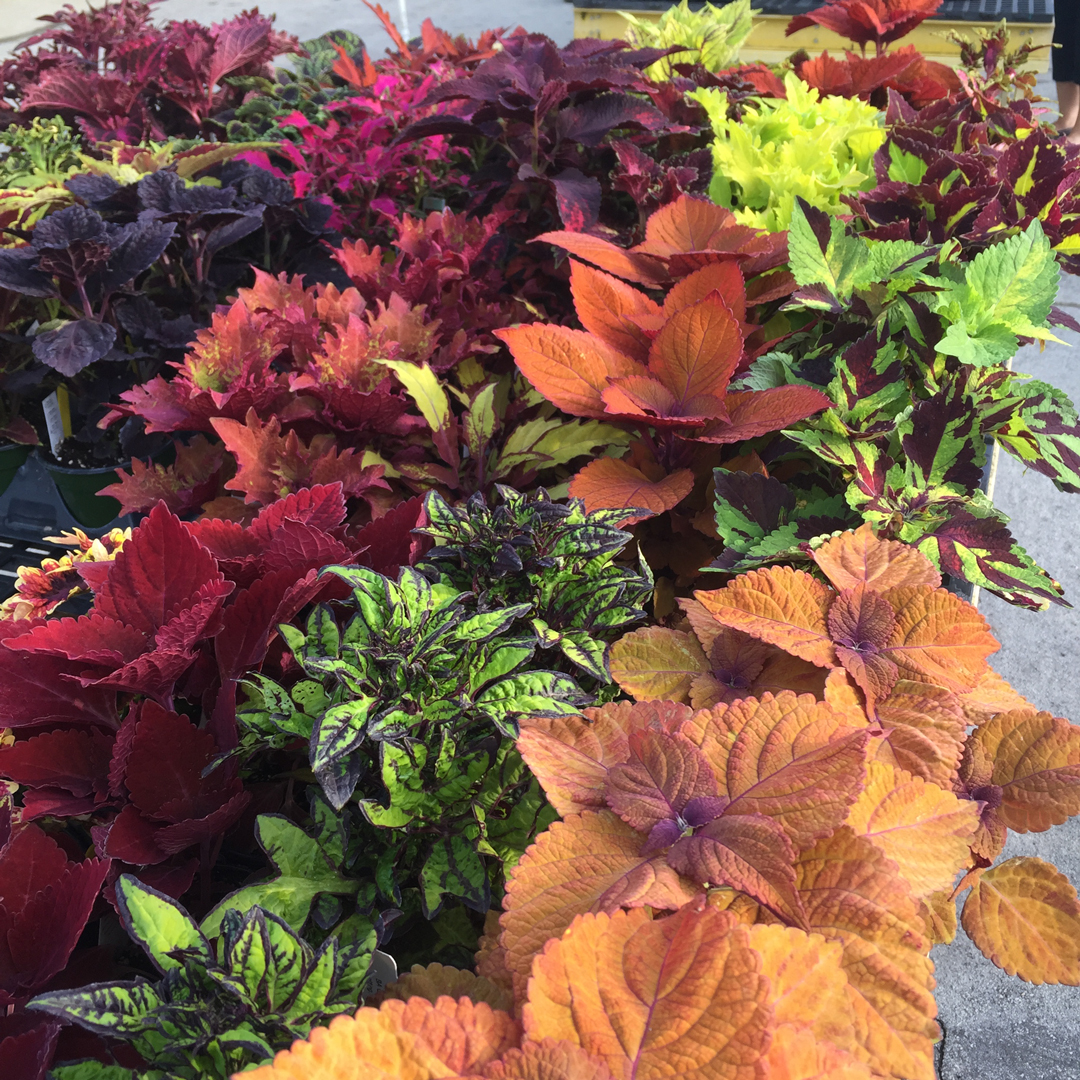
Before you go plant shopping, observe the space where you want your garden. Is it a sunny spot that gets 6+ hours of sunlight? Or is it an area in the garden that gets a little bit of light in the morning or evening but otherwise is full-shade? Does the ground tend to stay wet? Dry? Having answers to these questions before you shop will ultimately aid in the success of your plant selections when shopping. Nothing knocks the wind out of a gardener’s sails more than spending money on beautiful plants that end up not working for your garden.

If you have questions on what plants will work best for certain sites, come check out the gardens at Inniswood and see what we’ve been successful with growing in sun, shade and everything in between!
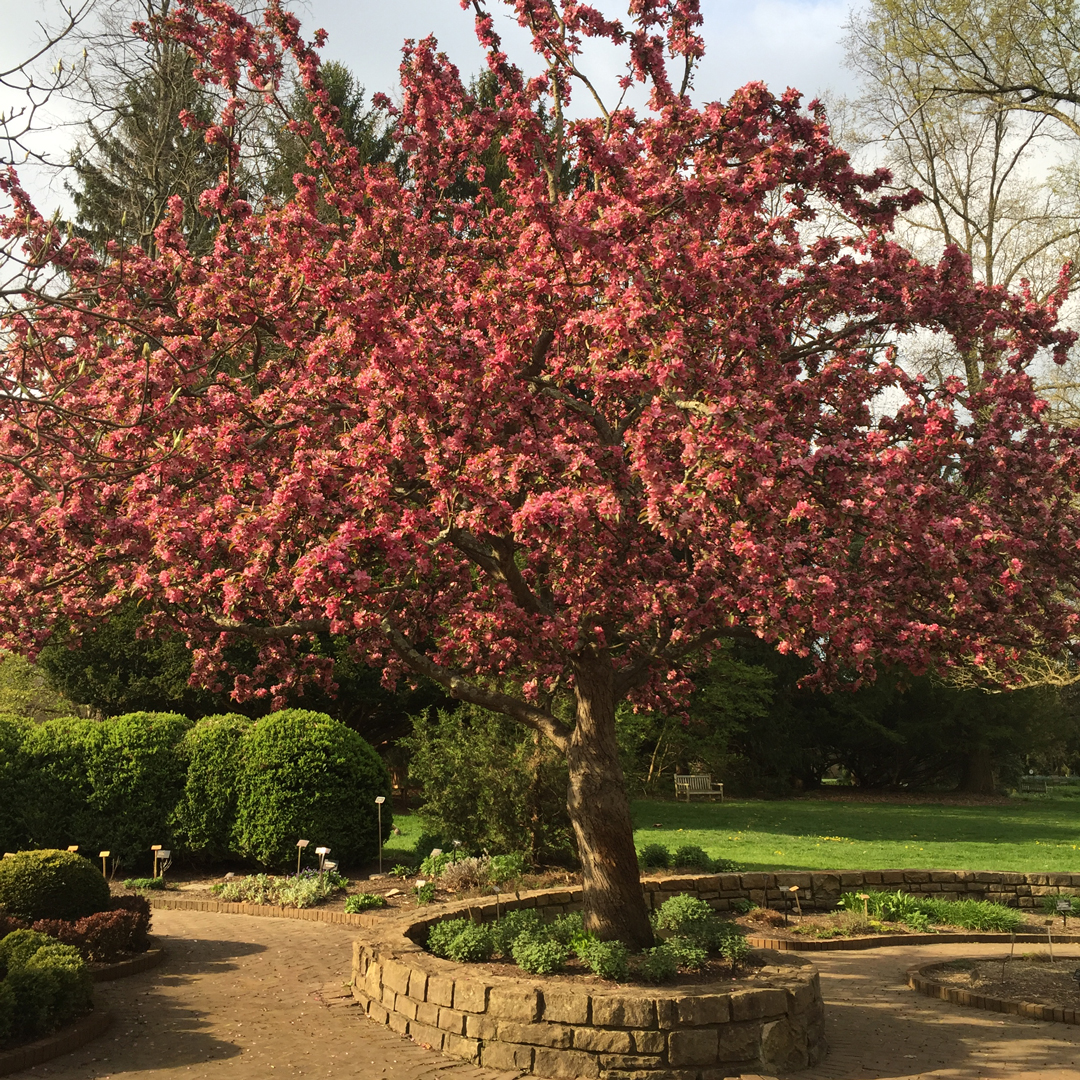

I have to dig out two of my hydrangea shrubs this year due to this strange bug or fungus that prevented the bottom leaves from forming and made the leaves at the top curl up into little balls. If you could tell me what you think the problem is I would greatly appreciate it . Thank you.
Megan Fleischer writes: Hi Vickie, I’d like to know a little more about the location your shrub is planted in. Our hydrangeas at Inniswood have been slow to emerge from dormancy this year and some of the Hydrangea macrophylla species have died down to ground level which isn’t uncommon for them to do during a colder winter. Is it possible that you could send me a photo of your plant? If you have any photos from what it looked like in previous years so I can ID what kind of hydrangea you have that would be helpful, too. Looking forward to hearing from you! (Please phone Megan at 614 895 6216)
I was a vonteer years ago Since them I suffered a stroke so you garden stuffed . This year I got a raised planter, setting soil delivered and getting plants delivered. Hope it goes well.
Mary Louise, thank you for being a volunteer with Metro Parks and we hope you are feeling well today. Enjoy your gardening this year and let us know how it goes with your raised planter. You can write to us at mediagroup@metroparks.net. And if you get any photos of your planter when it blooms, send those along to us too.
Hi Mary – everyone at Inniswood says hi! Wishing you luck with your raised bed and a great growing season!
Actually trying to start tomatoes and flowers from seeds…. I’ve been inspired by the preschool planting workshops we’ve taken our grandchild to this spring…
Those seeds are sprouting! OUR seeds are actually sprouting!
I’d WOULD like to know what I can put down in my gardens to prevent slugs and critters from EATING my sprouts, or DIGGING UP the plantings. Sometimes I’ve had to replant plants four or five times… sometimes just giving up!!!
Tomatoes and vegetables are container grown because only our driveway is FULL SUN.
Megan Fleischer writes: How exciting, Lin! We are so glad to hear you’re having success with growing your seeds. I’d like to know a little more about the area that you are planting your vegetables in. Is it possible that you could send me a photo of the area and you are planting the seeds in? Also, what kind of soil are you using in your containers? If you could provide me with information to those questions I would be happy to give you some suggestions. Thank you for reading my blog post! (Please phone Megan at 614 895 6216)